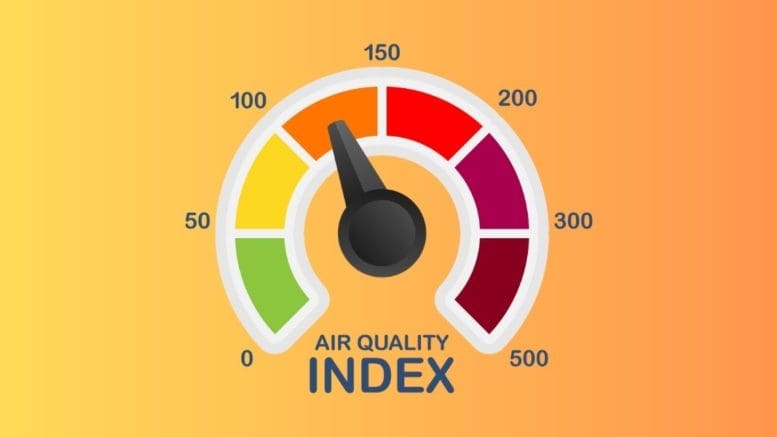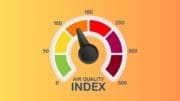The Code Orange air quality alert has been extended for Saturday, August 26.
The Georgia Environmental Protection Division relayed a Code Orange air quality alert to the National Weather Service warning of poor air quality in the the metro Atlanta region.,
What does the alert state?
The alert gives the following information:
Air Quality Alert Message
Georgia Dept of Natural Resources Environmental Protection Division
Relayed by National Weather Service Peachtree City GA
142 PM EDT Fri Aug 25 2023
…CODE ORANGE AIR QUALITY ALERT IS IN EFFECT FOR ATLANTA FOR
Saturday August 26…
The Georgia Department of Natural Resources, Environmental
Protection Division has issued a Code Orange (Unhealthy for
sensitive groups) Air Quality Alert for Atlanta for
Saturday August 26.
Under Code Orange conditions, the outdoor air quality is likely to
be unhealthy for some people. Children, people who are sensitive
to ozone, and people with heart or lung disease should limit
prolonged outdoor exertion during the late afternoon or early
evening when ozone concentrations are highest.
For additional information on the Air Quality Index, please visit
But what does a Code Orange alert mean?
The Courier has below reprinted the explanation of the air quality index from the Airnow.gov website:
What is the U.S. Air Quality Index (AQI)?
The U.S. AQI is EPA’s index for reporting air quality.
How does the AQI work?
Think of the AQI as a yardstick that runs from 0 to 500. The higher the AQI value, the greater the level of air pollution and the greater the health concern. For example, an AQI value of 50 or below represents good air quality, while an AQI value over 300 represents hazardous air quality.
For each pollutant an AQI value of 100 generally corresponds to an ambient air concentration that equals the level of the short-term national ambient air quality standard for protection of public health. AQI values at or below 100 are generally thought of as satisfactory. When AQI values are above 100, air quality is unhealthy: at first for certain sensitive groups of people, then for everyone as AQI values get higher.
The AQI is divided into six categories. Each category corresponds to a different level of health concern. Each category also has a specific color. The color makes it easy for people to quickly determine whether air quality is reaching unhealthy levels in their communities.
| Daily AQI Color | Levels of Concern | Values of Index | Description of Air Quality |
| Green | Good | 0 to 50 | Air quality is satisfactory, and air pollution poses little or no risk. |
| Yellow | Moderate | 51 to 100 | Air quality is acceptable. However, there may be a risk for some people, particularly those who are unusually sensitive to air pollution. |
| Orange | Unhealthy for Sensitive Groups | 101 to 150 | Members of sensitive groups may experience health effects. The general public is less likely to be affected. |
| Red | Unhealthy | 151 to 200 | Some members of the general public may experience health effects; members of sensitive groups may experience more serious health effects. |
| Purple | Very Unhealthy | 201 to 300 | Health alert: The risk of health effects is increased for everyone. |
| Maroon | Hazardous | 301 and higher | Health warning of emergency conditions: everyone is more likely to be affected. |
See the Activity Guides to learn ways to protect your health when the AQI reaches unhealthy levels.
Five major pollutants
EPA establishes an AQI for five major air pollutants regulated by the Clean Air Act. Each of these pollutants has a national air quality standard set by EPA to protect public health:
- ground-level ozone
- particle pollution (also known as particulate matter, including PM2.5 and PM10)
- carbon monoxide
- sulfur dioxide
- nitrogen dioxide
Using the Air Quality Index
Technical Assistance Document for the Reporting of Daily Air Quality – the Air Quality Index (AQI)





